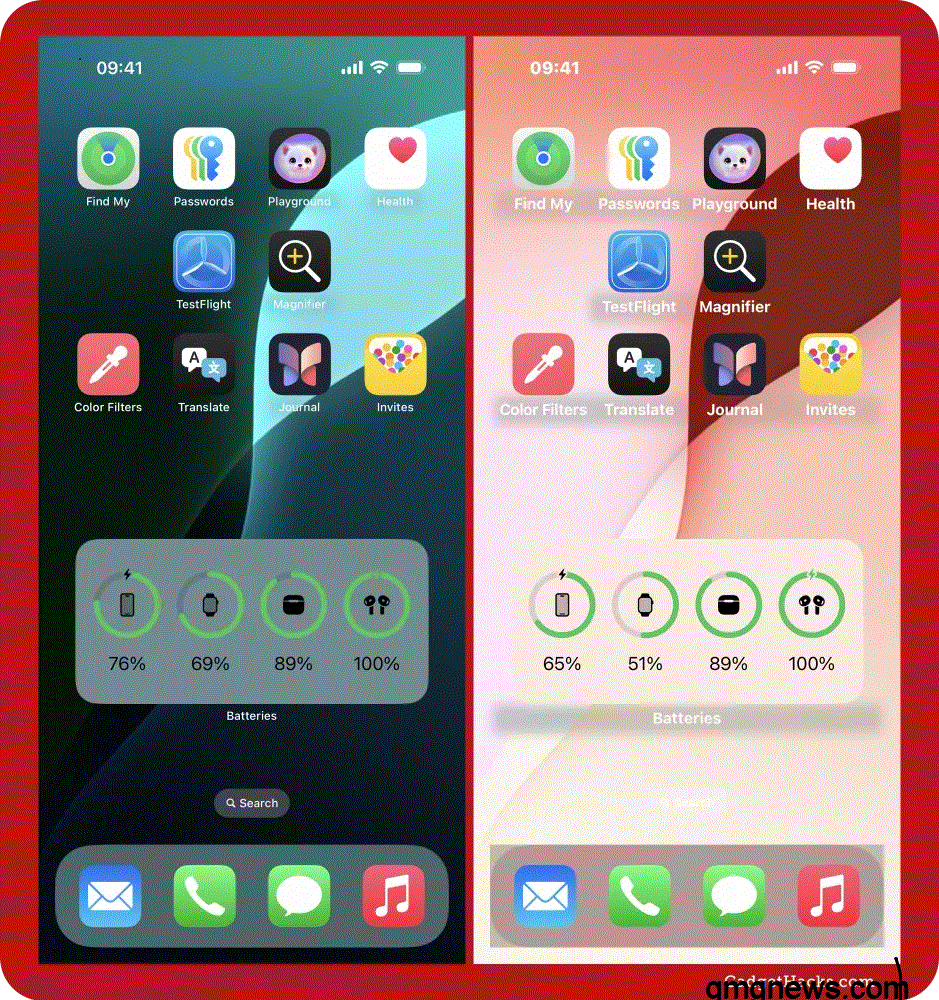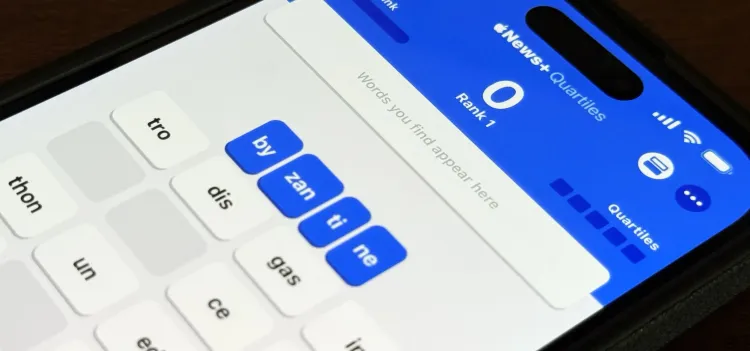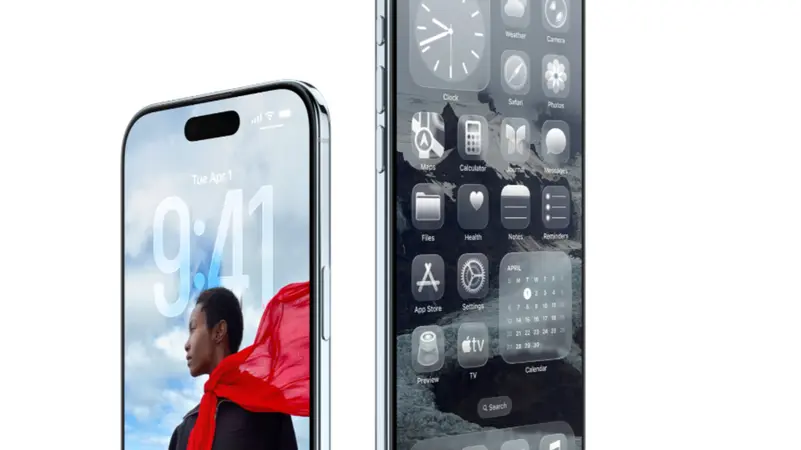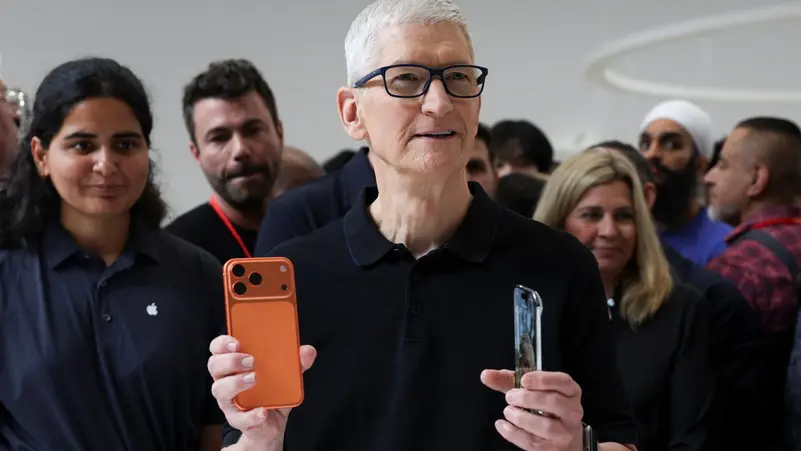Buttonless Phones: Are Full-Screen Displays the Future?
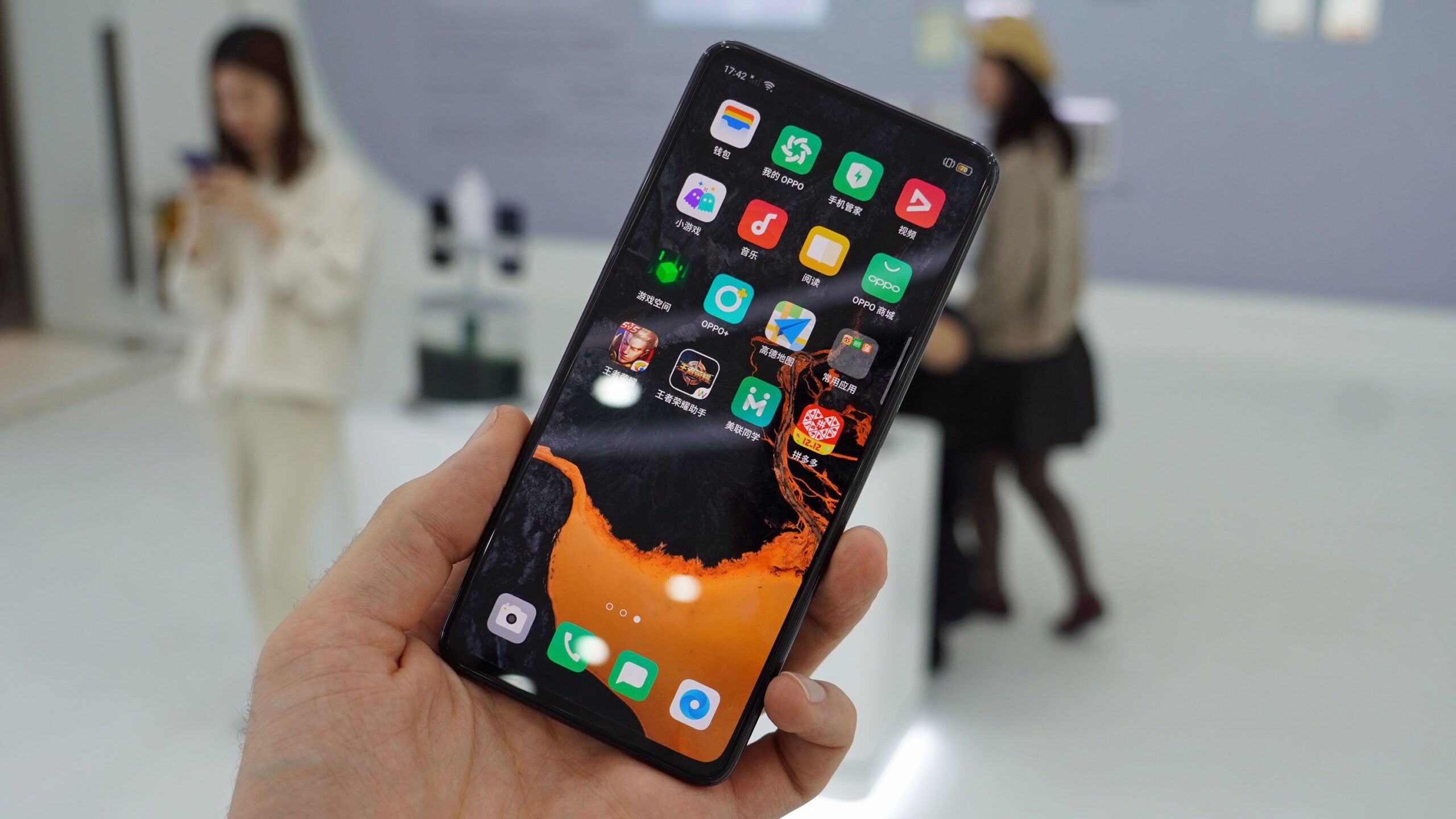
The trend toward full-screen smartphones is accelerating, and the iPhone 17 leads the charge with its buttonless design. This evolution raises the question: will physical buttons disappear entirely from smartphones? Users and tech experts are exploring the possibilities and challenges of a future dominated by touch-based interfaces. For more insights on mobile innovation, visit our Technology section.
Evolution of Smartphone Design
Over the past decade, smartphone design has shifted from physical keyboards to touchscreens, gradually eliminating buttons. The iPhone 17 represents the next step: a seamless, edge-to-edge display with no physical buttons. This design not only looks sleek but also allows manufacturers to maximize screen real estate for a more immersive experience. Check our Technology page for detailed reviews on modern smartphone designs.
Advantages of Buttonless Design
Buttonless phones offer multiple advantages:
-
Larger Displays: Without physical buttons, the screen occupies almost the entire front surface.
-
Sleek Aesthetic: The minimalist design appeals to users seeking modern, clean devices.
-
Enhanced Durability: Fewer moving parts reduce the risk of mechanical failure.
Many users report improved gaming and media experiences due to the uninterrupted display. Learn more about ergonomic and functional designs at our Technology section.
Advanced Touch and Gesture Controls
To compensate for the lack of physical buttons, devices like the iPhone 17 rely on advanced touch sensors and gesture controls. Swipe, tap, and press commands allow users to perform actions traditionally reserved for buttons, such as adjusting volume or activating voice assistants. Apple’s innovations make these gestures intuitive and responsive. Tutorials and user guides are available at our Technology page.
Challenges and Considerations
Despite the advantages, buttonless designs come with challenges:
-
Accessibility: Users with disabilities may find touch-only controls more difficult to use.
-
Learning Curve: Transitioning from physical buttons requires adaptation.
-
Repair Complexity: Devices without buttons may be harder and more costly to repair.
For expert opinions and comparisons, visit our Technology section.
Industry Adoption
Several smartphone manufacturers, including Samsung and Google, are experimenting with edge-to-edge displays and buttonless models. This trend indicates a broader industry movement toward touch-centric devices, potentially making physical buttons obsolete in the next five years. Stay informed on industry developments at our Technology page.
The Future of User Interaction
As AI and haptic feedback improve, full-screen devices could offer virtual buttons that feel tactile without being physical. This technology could revolutionize user interaction, combining the sleek design of buttonless phones with functionality and comfort. For cutting-edge tech updates, explore our Technology section.
Consumer Feedback
Early adopters of buttonless devices report satisfaction with enhanced aesthetics and screen space, though some miss the tactile feedback of traditional buttons. Apple and other manufacturers continue to refine haptic feedback and gesture recognition to address these concerns. Check our Technology page for user reviews and insights.
Buttonless phones, led by models like the iPhone 17, are paving the way for a full-screen future. While challenges remain, the combination of sleek design, larger displays, and gesture controls suggests that physical buttons may soon become a thing of the past. For ongoing news and analysis on smartphone innovation, follow our Technology section.

